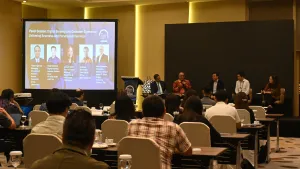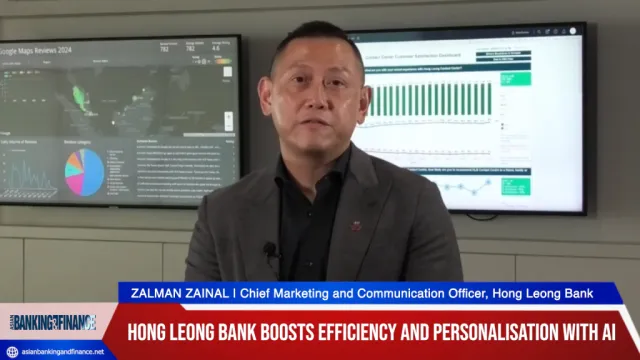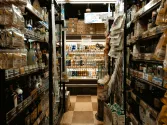"Utility" model helps cut banks' trade processing costs by up to 40%
The industry could save up to $4 billion annually.
Large banks spend between $6 billion and $9 billion processing standardized trades each year, and could reduce those costs by up to 40 percent by adopting a “utility” model, according to a new study by Broadridge Financial Solutions, Inc.
The study says that by sharing in a range of trade processing functions – from core post-trade processing, reference data and reconciliations to trade expense management, corporate actions, and tax and regulatory reporting – in a utility model, the industry could save up to $4 billion annually.
The report, titled “Charting a Path to a Post-Trade Utility,” addresses the ongoing regulatory pressures and economic challenges that weigh on banks’ profitability. “Despite significant cost cutting and restructuring post-crisis, most banks still struggle to post returns that exceed their cost of capital,” said Tim Gokey, Broadridge chief operating officer and co-author of the report.
“Over the next five years, regulatory pressures are set to grow, so banks are increasingly looking to new and unconventional ways to regain efficiencies, particularly within the trade lifecycle. Emerging utility models hold significant promise.”
Inflection Point in ‘Post-Trade’
The report provides analysis based on case studies and proprietary Broadridge data, and cites core “post-trade” processing (clearance, settlement, custody, financing and recordkeeping), in particular, as a natural starting point for an industry utility, and analyzes the challenges and opportunities for developing such a system.
“Our study specifically focuses on the potential scale and network benefits of a core ‘post-trade’ processing utility,” said Mr. Gokey. “Over the past two decades, institutions have invested heavily in unsuccessful attempts at building such utilities – typically due to misalignment over governance and ownership, competing priorities, and technology and implementation struggles. But with growing ROE pressure, fewer banks competing head-to-head across markets and greater willingness to consider new operating models, the industry may be nearing an inflection point where the potential benefits of a post-trade processing utility outweigh the challenges that have undermined past efforts.”
According to the study:
- Core post-trade processing offers the highest potential for cost reduction at banks currently. Nearly all major financial firms handle post-trade processing in a similar way for a majority of their equity and fixed income trades. Meanwhile, inefficiencies within the function persist, as decades of bank mergers have left system redundancies and firms have invested little in middle-and back-office technologies since the financial crisis. By pooling large trade volumes across a fixed cost base, a post-trade processing utility could reduce banks’ processing costs by up to 40 percent.
- Post-trade processing represents a natural starting point for an industry utility. It is central to the trade lifecycle – matching buyer and seller records, confirming trade terms, clearing and settling trades, calculating margins and performing custody and asset servicing. As the system of record for banks, it also delivers a range of data useful to other critical functions, including corporate actions, tax and regulatory reporting, and reference data.
- A post-trade utility would mutualize regulatory investments and aid with “living wills,” which require large institutions to show how they would plan for an orderly resolution process in the event of a failure. By enabling banks to quickly identify and segregate trading and portfolio assets and shift their custody to safer havens, a utility would ease recovery and resolution.
“The creation of an industry post-trade utility will require a carefully scoped approach, starting with the most liquid and standardized asset classes – fixed income and equities – and focusing on regions where the market structure is most centralized,” concluded Mr. Gokey. “By leveraging proven multi-bank technology and operating models and a commercially-driven approach, banks would nearly halve the investment, time and risks associated with establishing a post-trade utility.”











 Advertise
Advertise










